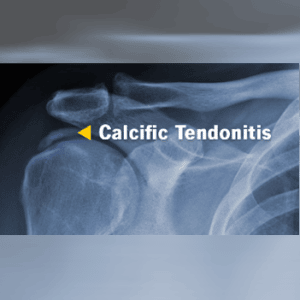Pain relief
Over the counter painkillers like paracetamol or ibuprofen will ease the pain, but need to be taken regularly in order to control the pain. Follow the instructions on the packet and discuss using them safely with a pharmacist or GP, especially if you have any underlying health conditions.
Using a heat or cool pack on a painful shoulder might help to relieve the pain
Both heat and cool can be helpful but be careful not to put ice or heat packs or hot water bottles directly on your skin – wrap them with a tea towel or cover.
Exercise
Exercises which keep your shoulder strong and flexible and reduce the irritation
The British Elblow & Shoulder Society website has some exercises that will help with improving your pain and function.
The British Elbow & Shoulder Society shoulder pain exercise video
A referral to physiotherapy may be helpful if the symptoms don’t settle with the advice and exercises available.
